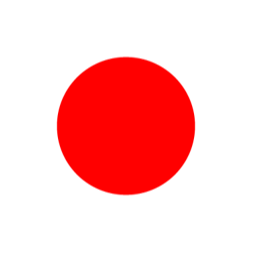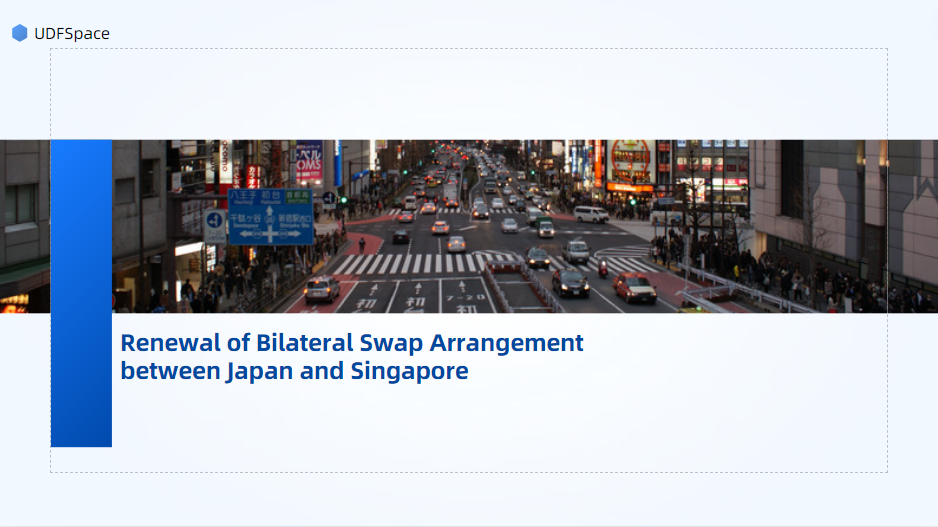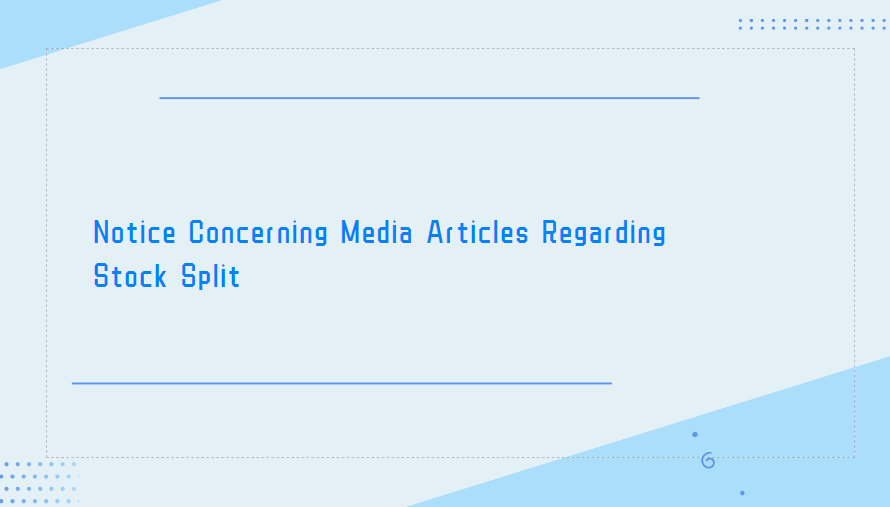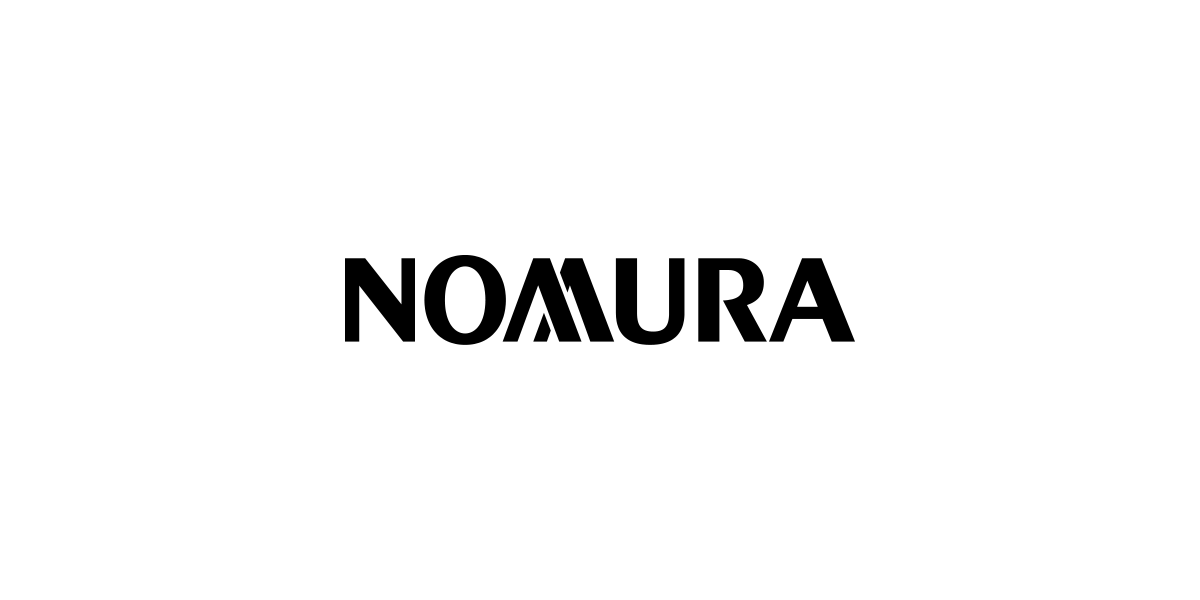Price Dynamics in Japan over the Past 25 Years
Introduction
It is my great pleasure to welcome all of you to this conference. As Governor Ueda mentioned in his opening remarks, the Bank of Japan is conducting the “Broad Perspective Review” of our monetary policy over the past 25 years. In short, it has been a battle against persistent deflation and a battle with the zero lower bound.
Let me start by giving an overview of the inflation picture during this period. Please look at Chart 1. Japan's deflation started in the late 1990s and continued for 15 years. The average inflation rate was just minus 0.3%. It was a mild but persistent deflation.
To tackle this situation, the Bank introduced the 2% price stability target and Quantitative and Qualitative Monetary Easing, or QQE, in 2013, and a negative interest rate policy and Yield Curve Control, or YCC, in 2016. As a result, we succeeded in achieving a situation without deflation, but the average inflation rate was 0.5%, which fell short of our 2% goal. Recently, inflation rate has risen to around 3%, following the global inflation.
The big question is whether the current change in inflation picture means an irreversible, structural change from deflation, or just a temporary phenomenon led by global inflation. In this speech, I will try to give an answer to this important question, which has implications for the future course of our monetary policy as well as Japan's economy.























































First, please LoginComment After ~